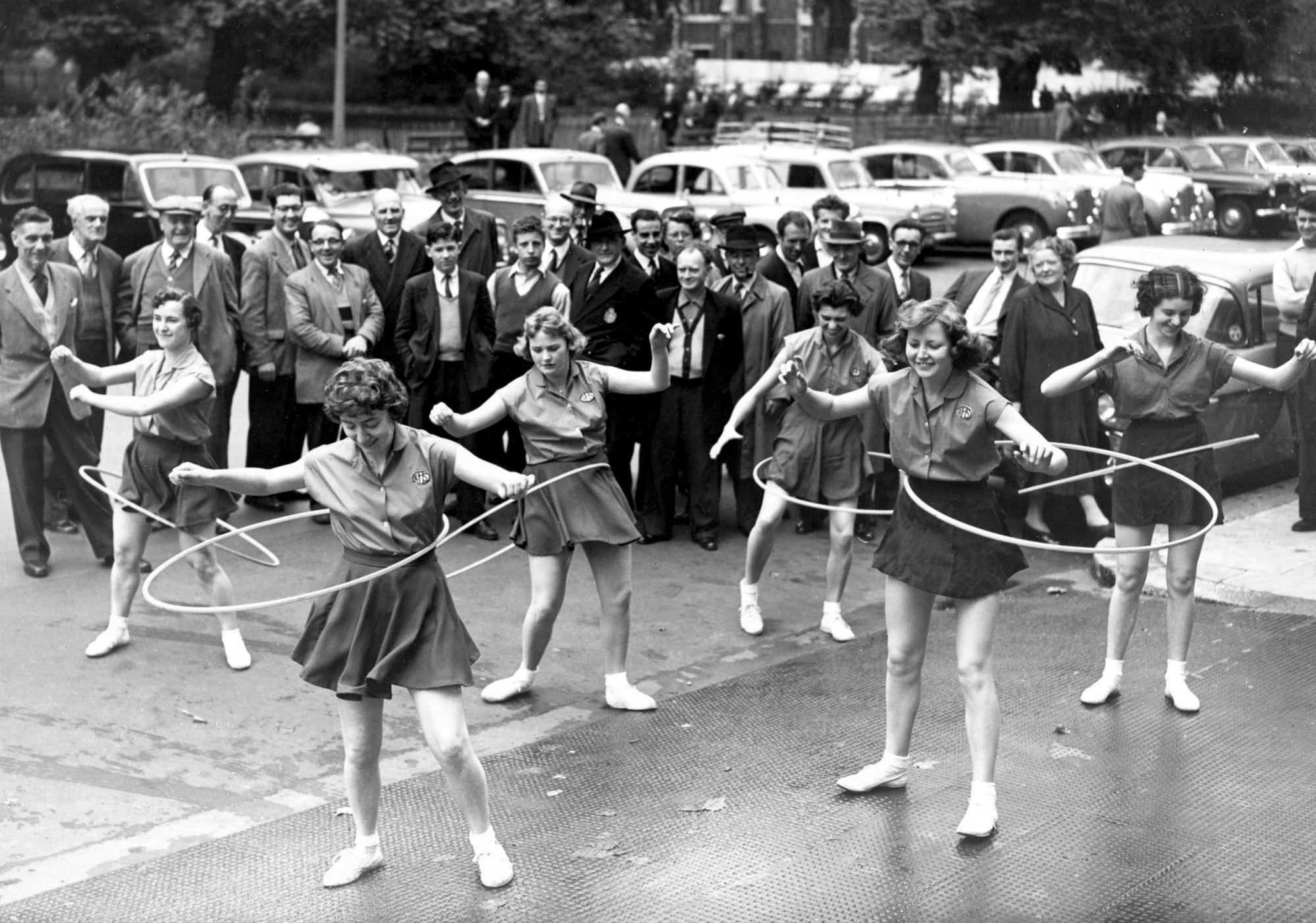That question would not be resolved for thousands of years. And as science continues to evolve, the answer may change yet again.

“There is an abundance of evidence that being physically active is associated with most health outcomes,” says Dr Bethany Barone Gibbs, chair of the department of epidemiology and biostatistics at West Virginia University in that US state. “In fact, there are very few outcomes that being physically active does not improve.”
It was not always so difficult to keep moving. People did it because they had to.
“One hundred years ago, people’s lives were a lot harder, so there was a lot of physical activity built into their lives,” Gibbs says. As cars proliferated and electric appliances reduced the amount of manual labour people had to do, “we got to a point where we weren’t so physically active”.
Scottish epidemiologist Dr Jerry Morris was the first to look into how physical activity might be linked to heart health. He hypothesised that people in physically active jobs would have lower rates of heart disease than those who were inactive at work.
To prove this, in the early 1950s he compared heart disease and mortality rates among conductors and drivers on double-decker buses, trams and trolleys in London and found drivers, who were sitting all day, had twice the cardiac mortality rate of conductors, who were moving around.

Shortly after Morris published his research, American epidemiologist Dr Ralph Paffenbarger Jnr moved the needle on physical activity research by finding a way to measure how much people were getting.
We have engineered physical activity out of our lives. You can do all your shopping online, order your food online. If you wanted to spend all day not moving, you could do it.
As researchers continued to explore the question over the next three decades, federal guidelines for how much and how often people should move evolved, reflecting a deepening understanding of the way physical activity affects health and longevity.

“The big public health message is to just get off the couch,” says Dr Damon Swift, an exercise physiologist and associate professor at the University of Virginia in the US.
“When you go from 150 to 300 minutes of physical activity, benefits still accrue but you get the most bang from your buck at the beginning.”
Since the pandemic, which accelerated the shift to a virtual existence, people are moving less than ever, Gibbs says.
“We have engineered physical activity out of our lives,” Gibbs says. “You can do all your shopping online, order your food online. If you wanted to spend all day not moving, you could do it.
“I really think that we have a tension between productivity and comfort and all the conveniences of life that allow us, if we don’t work at it, to not have physical activity as part of our lives at all.”

“My recommendation to people is to do something you like doing and that’s easy for you to do,” Gibbs says.
“We don’t need more evidence of whether physical activity is good for you or which type. We need more people to do it.”
